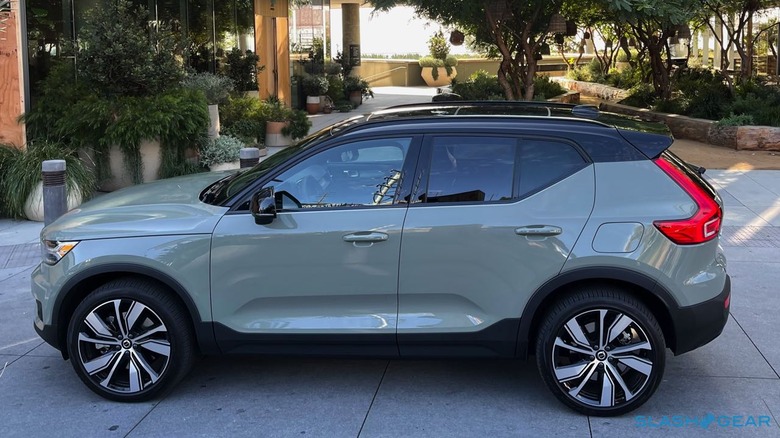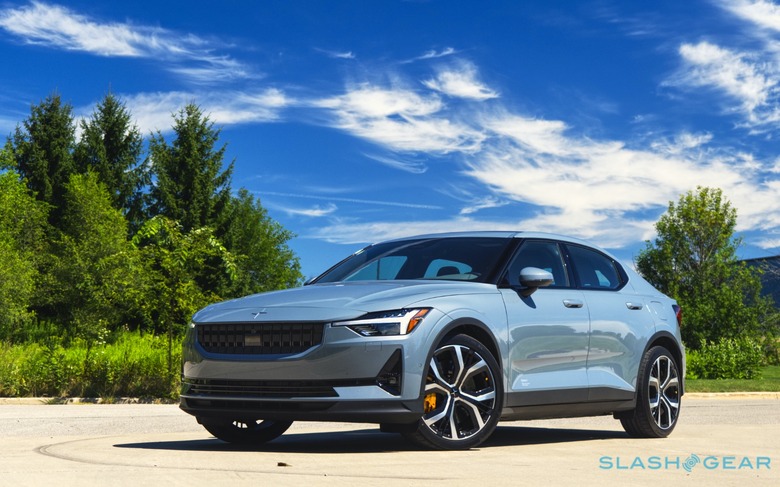Volvo Teases Second Recharge EV Design Strategy
Volvo is readying its second new electric vehicle for its big unveil in early 2021, though don't expect it to necessarily be cheaper than the XC40 Recharge. The automaker plans to use its new "Recharge" branding for a whole family of EVs, much in the way that it standardized on a smaller portfolio of gas engines back in 2014.
Then, it was the arrival of Volvo Drive-E that marked a significant shift for the Swedish automaker. Rather than a variety of four- and six-cylinder engines, Volvo announced, it would focus instead on a single inline-four gas engine. That would then be turbocharged and, in some cases, both turbocharged and supercharged to give it V6-levels of power.
It's a strategy that the company has stuck with through to today, including electrifying the gas engine to make it a plug-in hybrid. With the arrival of the Recharge brand near the end of 2019, though, the next phase in Volvo's transition began. Debuting with the 2021 XC40 Recharge all-electric crossover, that is headed to US dealerships early in the new year, it'll come to encompass a variety of EVs on a number of platforms.
We'll see the second of the family on March 2, 2021, it's been confirmed. Volvo has previously committed to launching a new fully-electric vehicle every year through until 2025.

The second Recharge EV will share the same CMA (compact module architecture) as the XC40 Recharge – and indeed the regular XC40 crossover – the automaker confirmed to Automotive News. However, according to CEO Hakan Samuelsson, it'll offer a "more streamlined body" than the subcompact SUV.
Volvo hasn't really dived into the "four door coupe" segment that its German counterparts have been so quick to embrace, blending some of the style of a sports car with the height and practicality of an SUV. The closest it has arguably got was the unusual 2016 Volvo S60 Cross Country, a lifted version of the automaker's sedan. That was a limited run for one model year, with only 500 examples being produced.

What the new EV won't do, though, is follow in the tire marks of the old V40. Discontinued in 2019, that was a smaller hatchback than Volvo offered in the US, with sales only in Europe. According to Samuelsson, replacing it with an electric vehicle doesn't make financial sense for the company.
"For Volvo to be profitable we need to focus on higher price, more premium car segments," he argued.
Instead, it might be more illustrative to look to what Volvo sibling Polestar is doing. The Polestar 2 uses the same electrified CMA platform as the XC40 Recharge, but with a lower, sleeker body. It's faster, too, and has a slightly longer range. Neither EV could be considered inexpensive, however, with the XC40 Recharge starting at $53,990 and the Polestar 2 at $59,900. US federal tax incentives and other state credits can help trim those numbers down, however.
